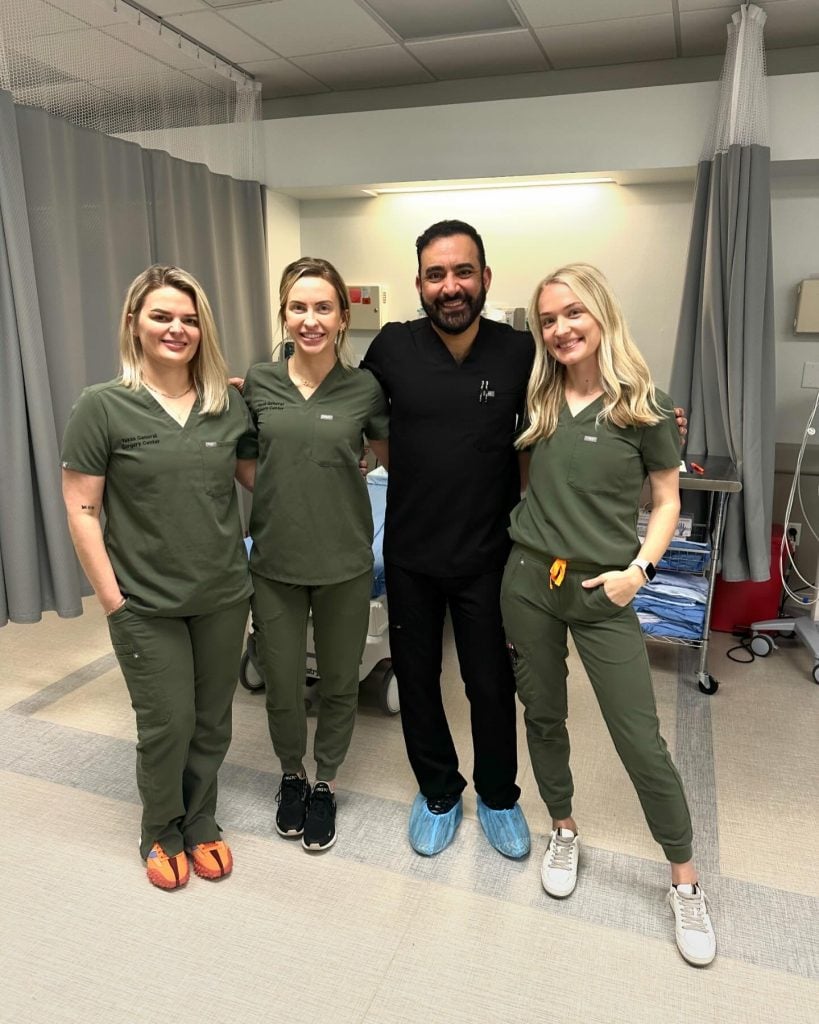Lower back pain can disrupt your daily life, make it hard to move, and stop you from doing the things you enjoy. Many people turn to back braces for lower back pain hoping to ease their discomfort and get support. But do they really work? Let’s explore what you need to know and how a back brace might fit into your pain relief plan.
What Is a Back Brace?
A back brace is a wearable support device designed to hold your lower spine in place. Some are soft and flexible, while others are more rigid. These braces are commonly used to:
- Support weak muscles in the lower back
- Reduce strain on the spine
- Improve posture
- Help with chronic or acute pain
- Limit movement during recovery
According to Dr. Ghalambor, pain management specialist at NorTex Spine & Joint Institute, “A back brace can be useful in certain situations, especially during flare-ups or injury recovery. But it should never replace a full treatment plan.”
When to Use a Back Brace
Back braces are not for everyone, but they can be helpful in specific situations like:
- Recovering from a spinal injury or surgery
- Managing chronic lower back pain
- Supporting proper posture during physical tasks
- Relieving strain during long periods of standing or sitting
Many patients find relief when using a medical back brace for lumbar support during daily activities or work tasks that involve bending, lifting, or sitting for long periods.
Pros and Cons of Back Braces
Here are some benefits and things to consider before using a back support belt for chronic pain:
Pros:
- Offers instant support and stability
- Helps improve posture
- Can reduce pain during activity
- Easy to wear during daily tasks
Cons:
- May weaken core muscles if used too long
- Should not be worn all day, every day
- Doesn’t treat the root cause of pain
Dr. Ghalambor adds, “Back braces are a short-term solution. Long-term results come from strengthening muscles, improving posture, and managing underlying conditions.”
Posture Corrector vs. Back Brace
Wondering whether to shop posture corrector online or invest in a full back brace? Here’s a simple breakdown:
- Posture Correctors: Best for mild posture issues or early-stage discomfort. Lightweight and easy to wear.
- Back Braces: Designed for more serious pain, injury recovery, or chronic lower back pain. They offer firmer support.
Choosing the right device depends on your pain level, lifestyle, and doctor’s advice.
How to Use a Back Brace Safely
To get the best results from a chiropractor recommended back brace, follow these simple rules:
- Use only when needed (e.g., during activity or pain flare-ups)
- Wear for short periods to avoid muscle weakness
- Pair with exercises that build back and core strength
- Check for proper fit to avoid discomfort or skin irritation
- Follow your care provider’s guidance at all times
Where to Find a Good Back Brace
Whether you’re looking to buy back brace for lower back pain, need a lumbar support brace, or want an affordable back brace for sale, here are some options:
- Visit your local medical supply store
- Talk to your provider about the best lumbar support brace for your condition
- Look for lower back pain brace near me to find nearby stores or clinics
- Shop online with a focus on proper sizing and reviews
Dr. Ghalambor recommends consulting with a specialist before choosing a brace: “Not all back pain is the same. A professional can help you pick the right tool—and more importantly, build a complete plan for healing.”
Need Help With Lower Back Pain?
At NorTex Spine & Joint Institute, we offer customized pain relief options in Fort Worth, Allen, Coppell, and Garland, TX. If you’re considering a back brace for posture and pain relief, we’ll help you decide if it fits your specific needs.
✅ Book consultation for back pain treatment
✅ Get expert advice on back braces and therapies
✅ Explore holistic care for chronic pain
Transparency Statement: While NorTex Spine & Joint provides specialized care, many reputable clinics offer similar treatments. Always seek multiple opinions before deciding on treatment.
Want to feel better and move easier? Schedule your back pain consultation today and discover the support that’s right for you.
Additional Resources:
https://www.mayoclinichealthsystem.org/hometown-health/speaking-of-health/7-common-low-back-pain-faq
https://www.webmd.com/back-pain/what-helps-with-lower-back-pain








